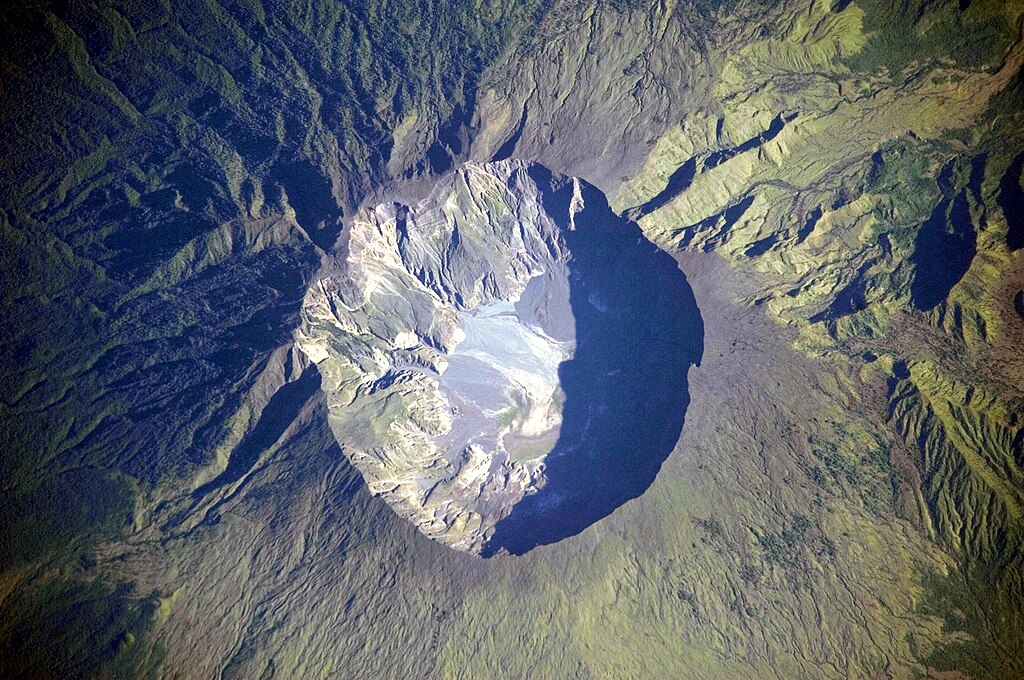Mount Tambora, situated on the Indonesian island of Sumbawa, unleashed the most colossal eruption in recorded history on April 10, 1815. This awe-inspiring event claimed the lives of over 71,000 people and set off a global climate disaster—the infamous “Year Without a Summer.”
In 1812, after centuries of dormancy, Mount Tambora began to show signs of life. By April 1815, it was on the verge of a cataclysmic explosion. Then, on the fateful evening of April 10, the volcano erupted with a force so sudden and immense that it could be heard over 1,600 miles away. Pyroclastic flows and ash engulfed entire villages. A violent tsunami followed, and ash covered much of Southeast Asia.
Roughly 10,000 people died instantly from the explosion. But the actual toll continued to skyrocket in the weeks that followed the initial eruption. Famine and disease swept across Sumbawa, Lombok, and Bali, claiming at least 60,000 more lives. The ash destroyed crops, contaminated water, and led to massive starvation.
The eruption’s effects were not confined to Southeast Asia; they reverberated globally. Ash and sulfur dioxide were propelled into the stratosphere, blocking sunlight and cooling the Earth’s temperatures. The result was a dramatic climate anomaly. In 1816, snow fell in New York and New England in June. Europe faced crop failures, food riots, and mass migration, demonstrating Tambora’s eruption’s far-reaching and unexpected impact.
Mount Tambora’s eruption, the largest known eruption of the last 2,000 years, left an incredible mark on history. Its effects rippled through agriculture, art, literature, and science, serving as a clear reminder of how nature, in a single moment, can alter the course of civilization.

